Patient Guide: Total Knee Replacement Precautions and Helpful Hints
1 Comments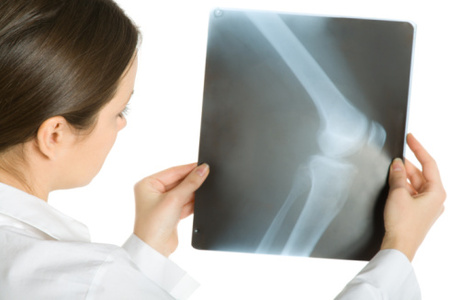
Taking Precautions
Following a total knee replacement there are precautions and treatment guidelines you will need to follow. Your physical and occupational therapists will review all precautions, treatment guidelines and protocols with you to guide you through your rehabilitation process. Please use this booklet as a guide to help you in your post-surgery recovery in coordination with your therapist. Photo: Getty Images
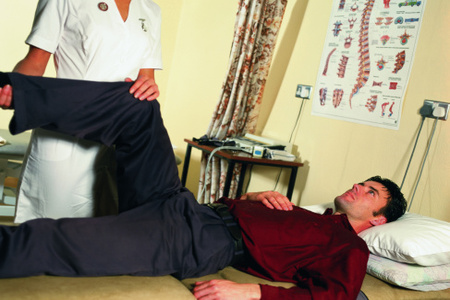
Bed Position
- If your surgeon has ordered one, you will need to be in a continuous passive motion (CPM) machine after your surgery. The CPM slowly and gently flexes and extends your knee so that you don’t develop a knee contracture and the buildup of scar tissue; - Your physical therapist or nurse will tell you how many hours a day you will need to be in the CPM; however, most patients use it for 8 out of 24 hours; - Your physical therapist will gradually increase the range of motion (ROM) daily if tolerated; - If you are uncomfortable or are in pain in the CPM, press the off button and call the nurse immediately; - When you are not in the continuous passive motion (CPM) machine, alternate between elevating your surgical leg above the heart with pillows to reduce swelling and practicing knee extension with heel supported on pillow or towel roll; - Your leg will be swollen for a few weeks after surgery; therefore, ice packs or a machine called a cryocuff can be used to reduce the swelling. Photo: Getty Images
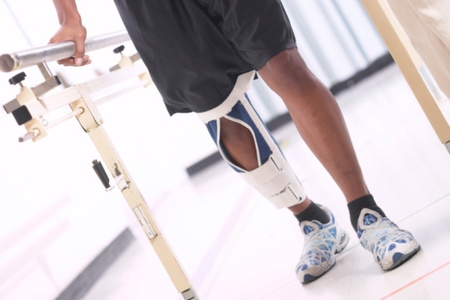
Transfers
- Prior to getting out of bed, some surgeons order a knee immobilizer that fits around your knee. It gives your thigh muscles (quadriceps) support when the quadriceps muscles are weak and prevents the knee from buckling; - Your physical therapist or surgeon will tell you when your quadriceps muscles are strong enough so that you no longer require the knee immobilizer; - Wear sturdy non-skid shoes, avoiding open toe, backless slippers or shoes; - Slide surgical leg out in front prior to standing ; - Push up from the arms of the chair or surface you are seated on prior to transfer; - Always transfer towards non- surgical side using a walker; - Adhere to weight-bearing precaution. Photo: Getty Images

Sitting
- Do not sit in a low chair. Chair should have a straight back and arm rests; - Avoid sitting in soft chairs or sofas; - Prior to sitting, make sure you feel the chair or surface you are sitting on against the back of your legs. After that, reach back, one hand at a time, for the arms of the chair and slide surgical leg out in front; - Do not cross legs at the ankles or knees; - Elevate surgical leg on leg rest of wheelchair or foot stool. Photo: Getty Images
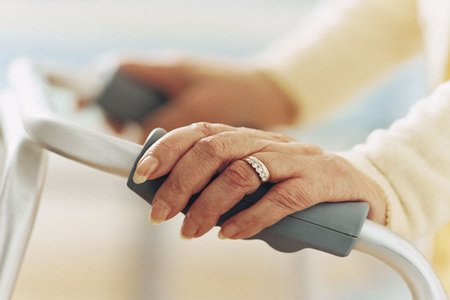
Standing
- Knee immobilizer is in place if ordered by your surgeon; - Wear sturdy non-skid shoes; - Use a walker; - Slide surgical leg out in front prior to standing; - Push up from the arms of the chair or surface you are seated on. Gain balance before reaching for walker; - Do not pull up on the walker when rising since it could tip; - Do not pivot on surgical leg; - Adhere to weight-bearing limitation if applicable. Photo: Getty Images
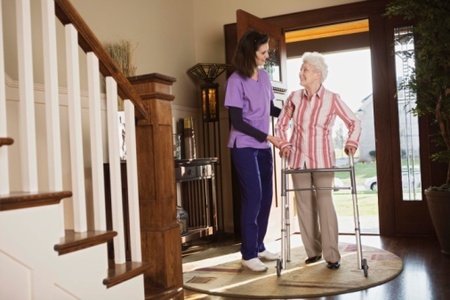
Walking
- Knee immobilizer is in place if ordered by your surgeon; - Wear sturdy non-skid shoes; - Use walker or assisted device your physical therapist has instructed you in; - Follow weight-bearing restriction, if applicable; - Advance your surgical leg first and then non-surgical leg keeping walker within a comfortable step length in front; - Take small steps when turning and do not twist on either leg; - As long as you are not in a knee immobilizer, concentrate on bending at the knee when bringing your surgical leg forward. Avoid bringing it forward in a straight position; - Walk slowly on uneven surfaces. Photo: Getty Images
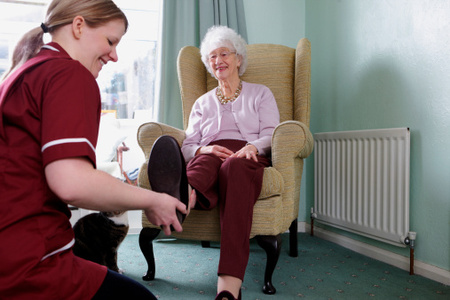
Dressing
- Do not dress standing up. Sit on a chair or the edge of you bed, if stable; - The occupational therapist will instruct you in the use of adaptive equipment if necessary. These items might include a reacher, long-handled shoehorn, elastic shoe laces and a sock aid to help you put on your socks; - When you are getting dressed, first put pant leg, sock or stocking on the surgical leg; - When you undress, remove clothes from your surgical leg last. Photo: Getty Images

Bathing and Showering
- Your occupational therapist will advise you on bathing and showering techniques; - He/she may teach you how to stand in the shower or instruct you in the use of a tub seat to sit on in the shower or bathtub; - Use a rubber mat on the tub or shower floor. Be sure to keep the bathroom floor dry and clean to avoid slipping; - When showering, use a long-handled sponge and shower hose (if available). You may need assistance for hard-to-reach areas of your body. Photo: Getty Images

Toileting
- Use an elevated toilet seat or raise commode; - Make sure the toilet paper is within reach; - Back up to the toilet seat until you feel it against the backs of your legs prior to sitting; - Slide surgical leg out in front prior to sitting and standing; - Reach back with one hand at a time for the arms of the commode or edges of an elevated toilet seat to lower yourself. Photo: Getty Images
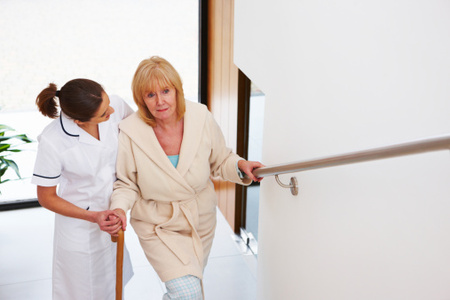
Stairs
- Your physical therapist will instruct you in stair climbing with the proper assistive device and use of railing; - When you are going up, step up with your non-surgical leg first and then your surgical leg; - When you are going down, step down with your surgical leg first and then your non-surgical leg. Photo: Getty Images

Car transfers
- Your physical or occupational therapist will teach you how to get in and out of a car; - Enter the car from street level, not from a curb or doorstep; - Car seats should not be low. Sit on a pillow if you need to; - Before you get into the car, move the seat all the way back and recline the seat as needed. Also make sure you can slide easily on the seat material; - Back up to the car with the walker until you feel the car threshold against the back of your legs; - For support, reach back for the back rest and/or dashboard. Do not use the door; - Slide your surgical leg out in front prior to lowering yourself slowly to the seat; - Push yourself back onto the seat in a semi-reclined position; - Turn to bring one leg at a time into the car; - Break up long car rides. Stop, get out and walk about every two hours; - Do not drive until your doctor says it is okay. Photo: Getty Images
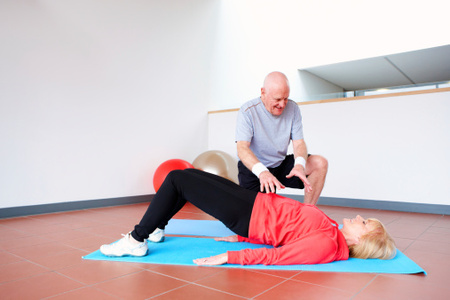
Basic Exercises
- Ankle pumps-- Slowly pump your ankles up and down several times. Relax. - Gluteal sets-- Lie on back with legs straight. Squeeze buttocks together. Hold and repeat. - Quadriceps sets-- While lying on your back, tighten your thigh muscles by pushing the back of your knee down into the bed. Hold this position for five to 10 seconds. Relax. - Short arc quads-- Lie on back, with involved leg bent to 45 degrees, supported with a pillow, as shown. Straighten leg at knee. Return to start position. - Heel slides-- Lie on back with legs straight. Slide heel up to buttocks. Return to start position. Repeat with other leg. - Knee press-- While lying on the bed, place a rolled towel under your ankle. Tighten your thigh muscle and press the knee down toward the bed. Hold for five to 10 seconds. Relax. Photo: Getty Images
Add a Comment1 Comments
My father aged 75 years old changed the knee replcement of both legs last 7 days , his leg moment on right hand from foot,knee, hip are good and left hand moment is slow and weight is heavy, please tell us what precautions, exercise diet ,recovery etc in details. Thanks.
October 24, 2014 - 12:20amThis Comment